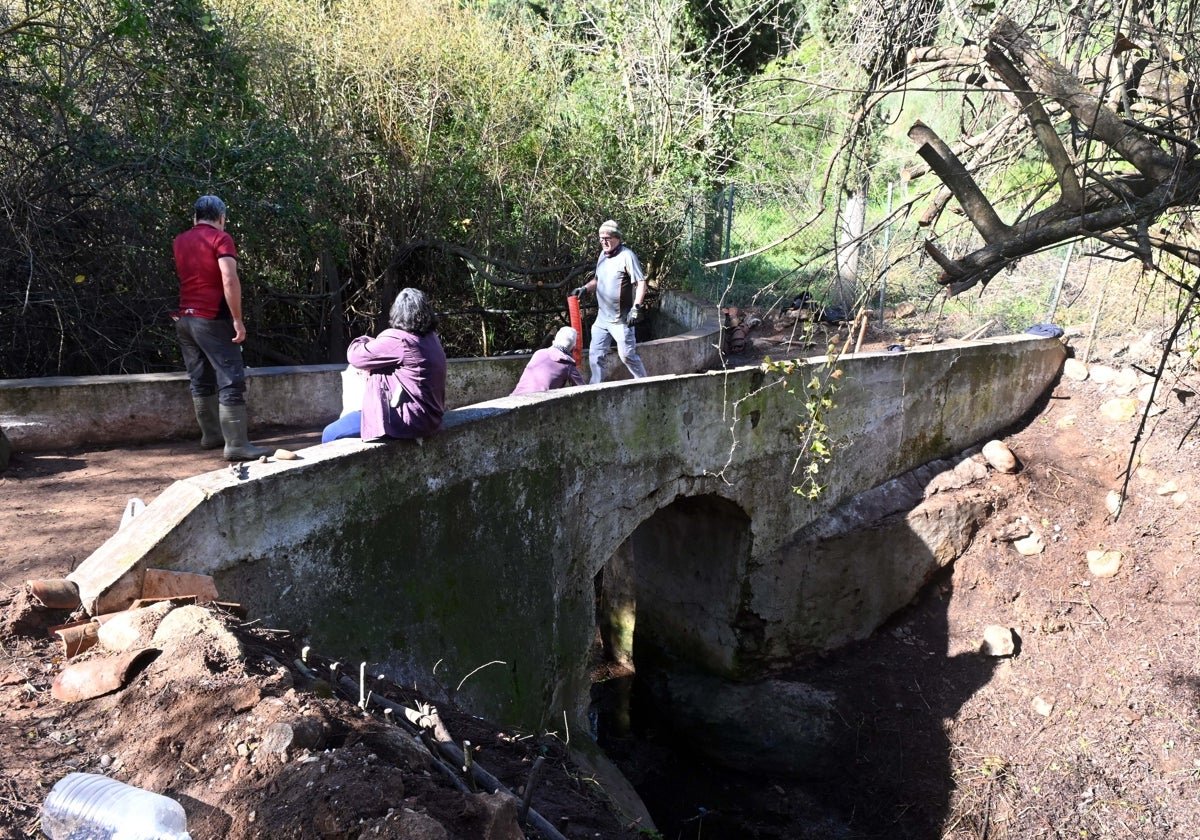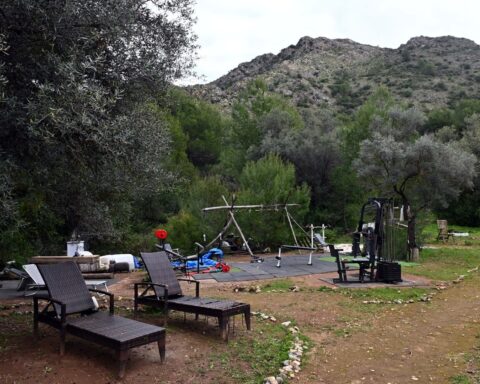Over a Hundred Volunteers Participate in Clean-Up Operation at Guadalpín Mill
In a remarkable display of community spirit, more than a hundred individuals have taken part in a clean-up operation around the historic Guadalpín mill in Marbella. The volunteers, hailing from various local organizations and schools, uncovered a bridge in the area that was entirely engulfed by vegetation.
Environmentally Friendly Clean-Up Process
The clean-up operation, which was approved by the Junta de Andalucía, was conducted without the use of heavy machinery. Instead, the volunteers relied on small tools, patience, and their own hands. The collected vegetation was left to decompose and reintegrate into the environment as organic matter, leaving the mill, the pond, and the bridge clear.
Unveiling a Piece of History
Thanks to the clean-up, the entire 15th-century structure can now be appreciated, along with the bridge, which is believed to date back to the early 20th century. The historian Francisco Moreno emphasized the need for a heritage assessment and a scientific study of the site, as well as a restoration project.
Revealing Hidden Installations
The clearing and cleaning work has removed all the vegetation that kept these installations hidden. The mill, which utilized the power of the nearby Guadalpín waterfall, has been described by Moreno as a building that conserves the essential elements of a water mill.
Call for Protection of the Historic Site
The associations involved in the clean-up have appealed to the town hall to protect the site and recognize it as a historical site. They hope for it to be included in the new plan and for its value to be enhanced.
Engaging the Younger Generation
The initiative has sparked interest among local secondary school students, who are learning about the history of the site with their teachers. An architecture student from the University of Malaga has also been collecting data from the mill to create an elevation plan.
A Glimpse into the Past
The Guadalpín mill has a rich history, dating back to 1488 when it was granted to Nuño de Villafañe by the Catholic Monarchs. It was owned by Francisco Rosado in 1846 and was operational between 1918 and 1952, thanks to one of the last millers in Marbella, Francisco Millán Jiménez.







